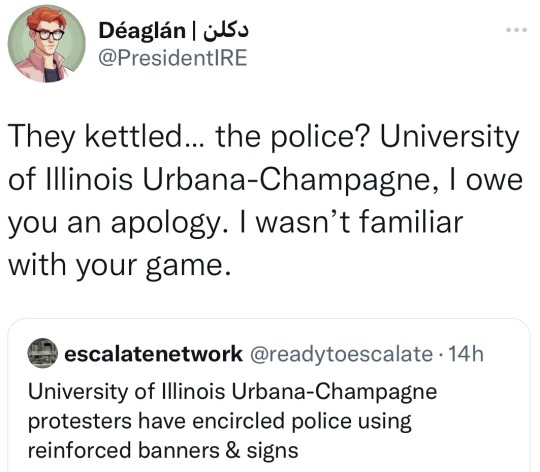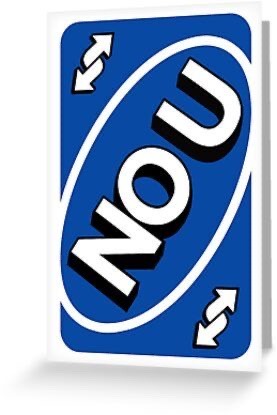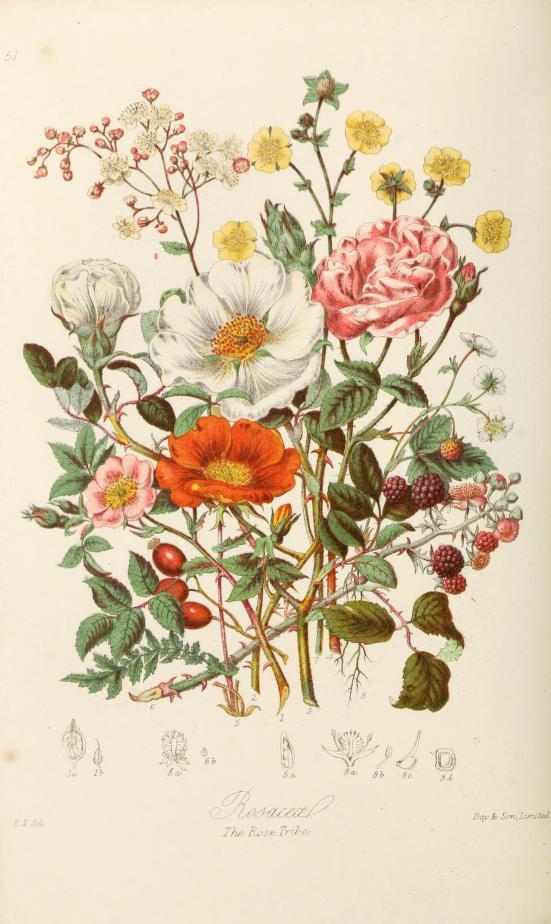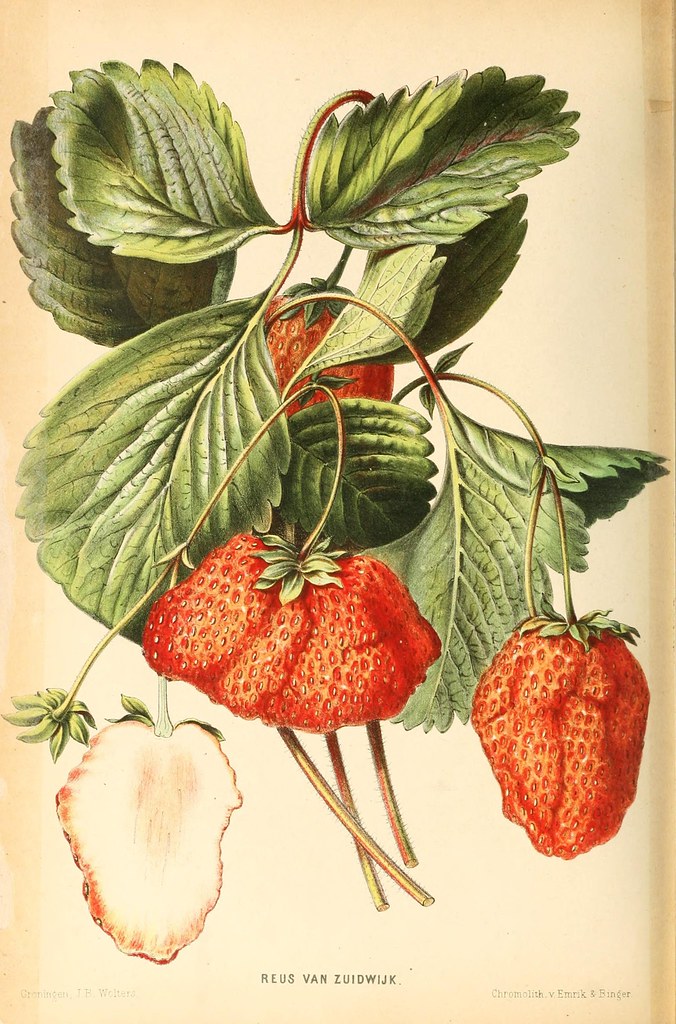#University of Illinois at Urbana-Champaign
Explore tagged Tumblr posts
Photo

Source
71 notes
·
View notes
Video
n616_w1150 by Biodiversity Heritage Library Via Flickr: English botany, or, Coloured figures of British plants / London :R. Hardwicke,1863-1886. biodiversitylibrary.org/page/32608884
#Great Britain#Pictorial works#Plants#University Library#University of Illinois Urbana Champaign#bhl:page=32608884#dc:identifier=https://biodiversitylibrary.org/page/32608884#Xanthium Strumarium#Common Bur-Marygold#Common Bur-Marigold#Rough cocklebur#Noogoora burr#clotbur#common cocklebur#large cocklebur#woolgarie bur#flickr#botanical illustration#scientific illustration
3 notes
·
View notes
Video
youtube
This past Saturday (September 2), the Illinois Illini played host to the Toledo Rockets. The Marching Illini is the marching band of University of Illinois Urbana-Champaign. During the half-time show, they started off with two Rush classics, "YYZ" and "Spirit of Radio."
#RUSH#Geddy Lee#Alex Lifeson#Spirit of Radio#YYZ#University of Illinois Urbana-Champaign#Fighting Illini#Marching Illini#NCAA#Football#Toledo Rockets#NCAA Football
1 note
·
View note
Text
YES
Also, for the record, it's spelled Champaign.


51K notes
·
View notes
Video
n237_w1150 by Biodiversity Heritage Library Via Flickr: A general history of birds /. Winchester [England] :Printed by Jacob and Johnson, for the author : sold in London by G. and W.B. Whittaker ... [and 3 others],1821-1828.. biodiversitylibrary.org/page/33543053
#Birds#Pictorial works#University of Illinois Urbana Champaign#bhl:page=33543053#dc:identifier=http://biodiversitylibrary.org/page/33543053#taxonomy:binomial=Certhia sanguinolenta#taxonomy:binomial=Myzomela sanguinolenta#flickr
0 notes
Text
Demon hunting: Physicists confirm 67-year-old prediction of massless, neutral composite particle
Credit: The Grainger College of Engineering at the University of Illinois Urbana-ChampaignResearchers have discovered Pines’ demon, a collection of electrons in a metal that behaves like a massless wave. Newswise — In 1956, theoretical physicist David Pines predicted that electrons in a solid can do something strange. While they normally have a mass and an electric charge, Pines asserted that…

View On WordPress
1 note
·
View note
Text
Companies and Products Founded by UIUC (University of Illinois Urbana-Champaign) People
YouTube
AMD
PayPal
Tesla Motors
Netscape
Oracle
Safari
Firefox
Delta Air Lines
Lotus
Mortal Kombat
0 notes
Audio
December is a good time to take stock and think about how to approach the new year ahead. And for this week’s guest, Lawrence Humphrey, this year was about striking out on his own and starting Pearl, a peer-based leadership consulting platform where he serves as CEO.
We began by talking about the origin story of Pearl, and Lawrence walked me through the platform and spoke on how collaboration is a big part of how he makes everything work. He also shared how he started out as an engineer, talked about how his tenure at IBM inspired him to found Tech Can [Do] Better, and gave recognition to those who have helped him achieve the success he has today. According to Lawrence, the best outcomes are a result of bringing diverse people together — a great message that we can all take to heart!
For extended show notes, including a full transcript of this interview, visit revisionpath.com.
Revision Path is brought to you by Lunch, a multidisciplinary creative studio in Atlanta, GA.
It is produced by Maurice Cherry and engineered and edited by RJ Basilio. Our intro voiceover is by Music Man Dre, with intro and outro music by Yellow Speaker. Transcripts provided by Brevity & Wit.
SUBSCRIBE, RATE, AND REVIEW! Apple Podcasts | Google Podcasts | SoundCloud | Spotify
#Revision Path#Lawrence Humphrey#Pearl#Tech Can Do Better#founder#CEO#IBM#University of Illinois Urbana-Champaign#engineer#designer
1 note
·
View note
Video
n237_w1150 by Biodiversity Heritage Library Via Flickr: Neerland's Plantentuin :. Groningen :J. Wolters,1865-1867.. biodiversitylibrary.org/page/35759475
#Botany#Netherlands#Pictorial works#Plants#Ornamental#University of Illinois Urbana Champaign#bhl:page=35759475#dc:identifier=http://biodiversitylibrary.org/page/35759475#flickr#strawberry#fruit#strawberries#REUS VAN ZUIDWIJK.#GIANT OF ZUIDWIJK#botanical illustration#scientific illustration#cottagecore#flowercore
2 notes
·
View notes
Text
youtube
Sorority Rush Vlog **at a Big 10 school**
Published by Connie H
#illinoisphimu#University of Illinois#Urbana-Champaign#UIUC#U of I#IllinoisPhiMu#Phi Mu#Delta Beta Chapter#ΦΜ#Youtube
0 notes
Text

'The Rose Tribe' taken from 'Illustrations of the Natural Orders of Plants' by Elizabeth Twining.
Published 1868 by Sampson Low, Son, and Marston.
University of Illinois Urbana-Champaign
archive.org
515 notes
·
View notes
Video
n259_w1150 by Biodiversity Heritage Library Via Flickr: A general history of birds /. Winchester [England] :Printed by Jacob and Johnson, for the author : sold in London by G. and W.B. Whittaker ... [and 3 others],1821-1828.. biodiversitylibrary.org/page/33543075
#Birds#Pictorial works#University of Illinois Urbana Champaign#bhl:page=33543075#dc:identifier=http://biodiversitylibrary.org/page/33543075#taxonomy:binomial=Nectarinia calcostetha#flickr
0 notes
Text
Also preserved on our archive
An astonishingly simple and comprehensive guide to avoiding airborne illness while traveling. Many of these tips work for trips to the pharmacy or grocery store too. Stay safe out there!
By Korin Miller
Whether you’re traveling domestically or heading abroad, feeling your best at your destination means you’ll get the most out of your trip. Unfortunately, COVID-19 is still out there, and cases are expected to climb again as we head into the winter months. By now you’re likely aware of basic COVID prevention strategies, but air travel presents unique challenges that can be tricky to navigate.
Luckily, you can take steps to lower the odds of picking up the illness on your next flight. To help you do just that, we asked doctors and health policy researchers how they lower their COVID risk while flying. Here’s what they recommend.
Wear a mask—before you’re even on the plane Many of us know this already, but it’s worth recalling: Research has found that wearing a well-fitting, high-quality mask like an N95 or KN95 lowers your chances of picking up COVID-19 by 83%, according to the Centers for Disease Control and Prevention. But when you wear a mask during your travels matters, says William Schaffner, MD, an infectious disease specialist and professor at the Vanderbilt University School of Medicine.
“You really want to use your mask consistently around others, whether you’re in the airport or on that plane,” he says. Thomas A. Russo, MD, professor and chief of the Division of Infectious Diseases at the University at Buffalo’s medical school, agrees. “Think about the whole process when you fly—going through the airport, checking in, boarding the plane, and being on the plane—you’re going to interact with people from all parts of the world… There’s a risk you might get COVID,” he says.
You can help protect yourself by always keeping your mask on—and wearing a relatively new one. Compared to a mask that’s gotten a lot of use, a fresh one will fit more snugly around the nose, cheeks, and chin and, in turn, catch particles more effectively.
Put the air vent to good use If you prefer not to wear a mask, you should take steps to protect yourself in other ways. For example, after you get to your seat, adjust the vent so the air blows over your face, suggests Sheldon H. Jacobson, PhD, a University of Illinois Urbana-Champaign professor and researcher whose work includes using data-driven risk assessments to inform public health policy.
Dr. Jacobson says most airplanes use high-efficiency particulate air (HEPA) filters that catch microbes. Plus, cabin air is refreshed every few minutes, and a good portion comes from outside the aircraft. As a result, what blows out of the vents is pretty fresh. This strategy also keeps the air around you moving faster, meaning there’s less time for you to inhale any possible germs in the cabin, according to Dr. Jacobson. Still, if the person sitting next to you is coughing and sneezing, it’s best to wear a mask if you have one, he says. The filtration system can only do so much in that instance—and it’s not always on before takeoff and after landing.
Be mindful about how you eat and drink If you can, Dr. Russo suggests eating before you get to the airport to lessen the number of times you’ll need to remove your mask when you’re around other people. If you need to dine at the airport, Dr. Schaffner recommends looking for seating away from crowded areas.
When masks were still required for air travel, the suggested strategy for eating and drinking on board was to wait until your fellow fliers finished their snacks and refreshments. But now, Dr. Russo points out, the people around you may not mask up at all. Instead, he suggests dropping your mask, taking a sip or bite, and immediately pulling it back up. This lowers the odds you’ll breathe in viral particles that may be floating around, he explains.
Plan your vaccine around your trip Dr. Schaffner and Dr. Russo recommend getting the updated COVID-19 vaccine about two weeks before your trip. “It’s a good strategy,” Dr. Russo says. It usually takes 14 days or so for your body to build up immunity to COVID after getting vaccinated, according to the World Health Organization. This means your body should be ready to fight the virus by the time you fly, Dr. Russo says. Immunity also fades over time, making the timing of your shot important, he says.
Wash your hands…a lot Experts say you’re more likely to get COVID-19 from breathing in infectious droplets and particles than from touching things. But there’s still a chance you could get sick if you happen to touch a contaminated surface and then your eyes, nose, or mouth.
“What we’ve learned is that transmission from this virus from inanimate objects is very low, but it’s not zero,” Dr. Russo says. That’s why he recommends good hand hygiene while flying. You should wash your hands with soap and water, making sure to scrub for at least 20 seconds, and do so often: before and after security, whenever you use the bathroom, and before eating or touching your face. Hand sanitizer is also a good option in a pinch, Dr. Russo says. But he stresses that keeping your hands clean shouldn’t replace masking up. “It’s much, much less helpful than wearing a mask,” he says.
#mask up#covid#pandemic#public health#wear a mask#covid 19#wear a respirator#still coviding#coronavirus#sars cov 2
223 notes
·
View notes
Text
So I am still working on my master post on urban design education in the US but here are the schools with masters programs that I have found so far
University of Kentucky
University of Illinois Chicago
University of Washington
Georgia Tech
UNC Charlotte
University of Cincinnati
New York Institute of Technology
Miami
Colorado Denver
Harvard
Carnegie Mellon
Clemson
University of Virginia
Kent State
University of South Florida
University of Georgia
UC Berkeley
University of Illinois Urbana-Champaign
Michigan
Thomas Jefferson University
UPenn
UT Austin
Ball State
New Jersey Institute of Technology
Iowa State
244 notes
·
View notes
Text
Researchers at the Center for Advanced Bioenergy and Bioproducts Innovation (CABBI) have achieved a significant breakthrough that could lead to better—and greener—agricultural chemicals and everyday products. Using a process that combines natural enzymes and light, the team from the University of Illinois Urbana-Champaign developed an eco-friendly way to precisely mix fluorine, an important additive, into chemicals called olefins—hydrocarbons used in a vast array of products, from detergents to fuels to medicines. This groundbreaking method offers an efficient new strategy for creating high-value chemicals with potential applications in agrochemicals, pharmaceuticals, renewable fuels, and more.
Continue Reading.
#Science#Chemistry#Materials Science#Fluorine#Center for Advanced Bioenergy and Bioproducts Innovation#CABBI
209 notes
·
View notes
Text
Medieval Christian culture was centered on the collective belief in the possibility of God’s real presence among humans and in several rituals, most prominently the Mass, that were meant to constantly produce and renew such real presence. Presence, in this context, does not exclusively or perhaps even primarily pertain to the dimension of time but contains a claim of spatial proximity. We call “present” whatever at a given moment appears close enough to be in reach of our body and its touch. The Christian God’s real presence, therefore, makes it possible to eat his body and to drink his blood. In modern culture, in contrast, beginning with the Renaissance, representation prevails over the desire for real presence on multiple phenomenal levels. Modern representation is thus not an act that makes “present again” what, after having been present, is now absent. Rather, the word subsumes all those cultural practices and techniques that replace through an often complex signifier (and make thus available) as “reference” what is not present in space or time. If, for all the problematic totalizations that they may imply, these characterizations of the Middle Ages and modernity can appear conventional, my innovative thesis lies in the claim that, ever since the historical moment we call the “crisis of representation,” around 1800, our culture has developed a renewed longing for real presence, a longing to which multiple devices dedicated to the production of presence respond without ever fully satisfying it.
From Hans Ulrich Gumbrecht, The Powers of Philology: Dynamics of Textual Scholarship (Urbana-Champaign: University of Illinois Press, 2003), 11
1K notes
·
View notes

